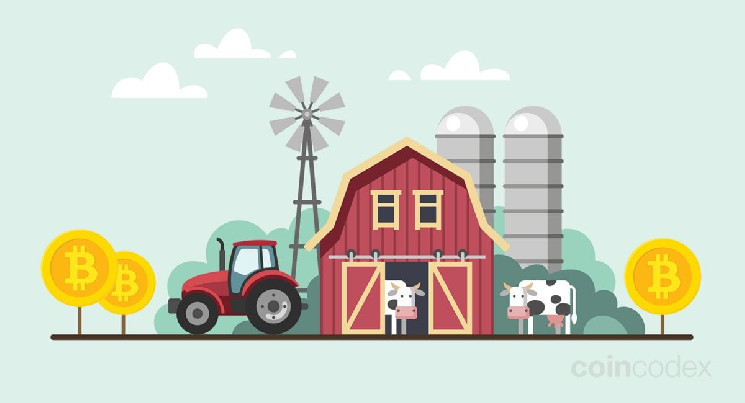Earning passive income with cryptocurrency is a goal of many crypto investors. This is understandable, since many crypto investors prefer to buy and hold crypto instead of actively trading it. If you’re holding cryptocurrency and don’t plan on trading it in the short term, it’s worth considering various options of putting your crypto to work to grow your holdings passively.
In this article, we’ll showcase the best yield farming crypto platforms that make it possible for you to earn yield on your cryptocurrency holdings. Please keep in mind that even though these platforms allow you to earn crypto passively, all yield farming platforms have their own risks.
There’s three main ways of earning yield on your crypto holdings. In our list of the best crypto yield farming platforms, we highlighted DeFi platforms, decentralized and centralized exchanges to cover these three types of crypto yield farming:
- Provide liquidity on decentralized crypto exchanges
- Use DeFi protocols to lend cryptocurrency
- Use yield earning products on centralized crypto exchanges
The best yield farming crypto platforms in 2023
Without further ado, let’s get into our list of the 8 best yield farming platforms available to cryptocurrency holders today:
- Aave — The leading decentralized liquidity protocol
- Yearn.finance — a popular DeFi yield farming tool
- Uniswap — The leading decentralized exchange
- Binance — A crypto exchange with a suite of products for earning yield
- PancakeSwap — The center of BNB Chain’s DeFi ecosystem
- Harvest — A yield farming platform powered by DeFi
- Oasis — A DeFi-powered tool to earn yield or borrow crypto
- Kraken — A popular exchange with crypto staking options
1. Aave — The leading decentralized liquidity protocol
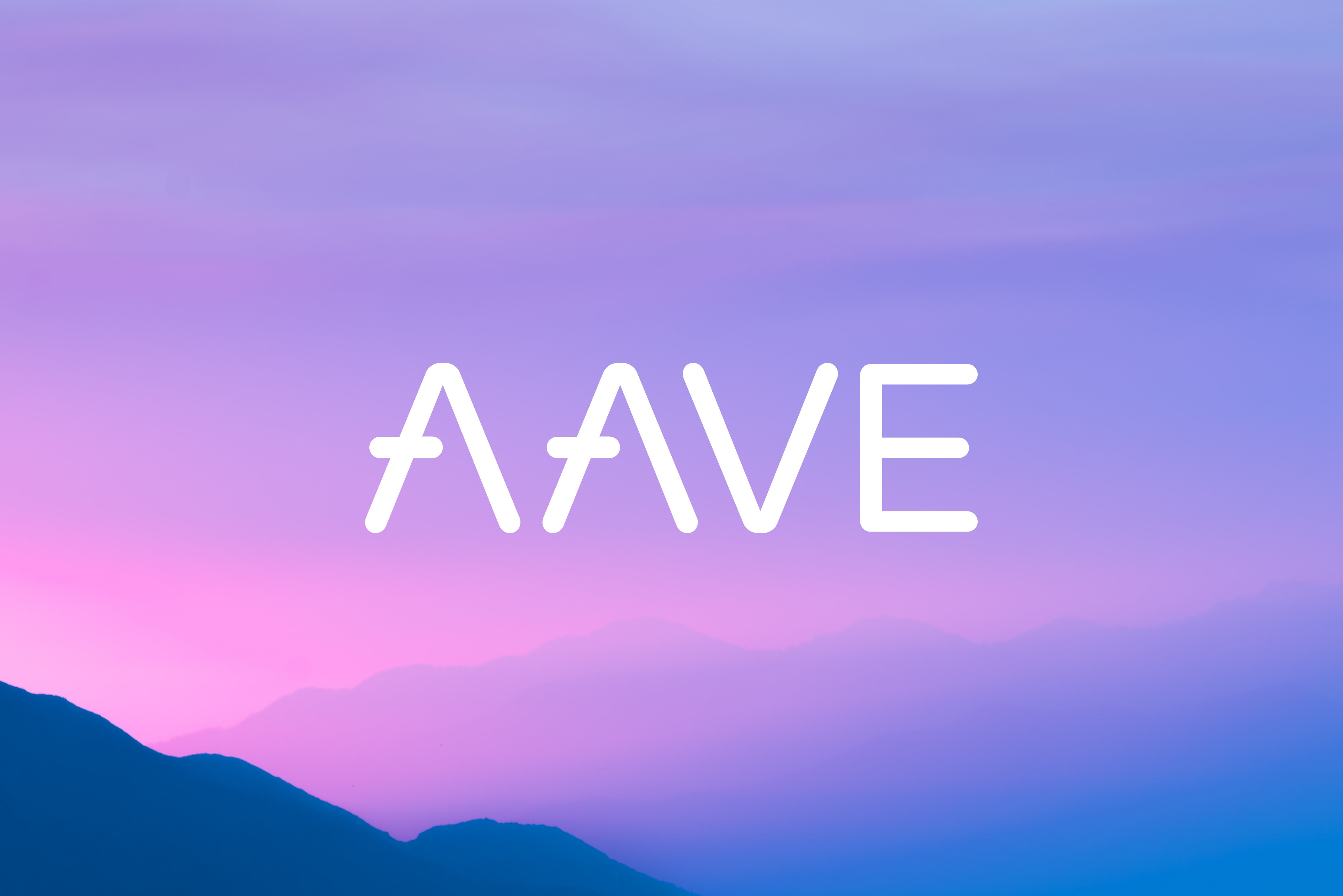
Aave is a decentralized liquidity protocol that implements a system of smart contracts that allow users to borrow crypto assets or earn interest on their holdings in a decentralized manner. Aave is essentially a set of smart contracts deployed on a blockchain, but most users will interact with the protocol through an interface such as app.aave.com.
At the time of writing, you can earn yield on about 20 different crypto assets on Aave. Usually, the assets that pay the highest yield are stablecoins such as USDT, USDP and TUSD. The yields offered by the Aave protocol depend on market demand—if there is a lot of demand for borrowing a specific crypto asset, the APY offered to suppliers of that asset will grow.
In addition, Aave offers a staking option for holders of the platform’s AAVE governance token. This is a good way for AAVE holders to earn yield while contributing to the security of the Aave protocol.
Aave was initially launched on the Ethereum blockchain, but is now also available on other blockchain platforms such as Avalanche, Optimism, Polygon and Arbitrum.
2. Yearn.finance — a popular DeFi yield farming tool
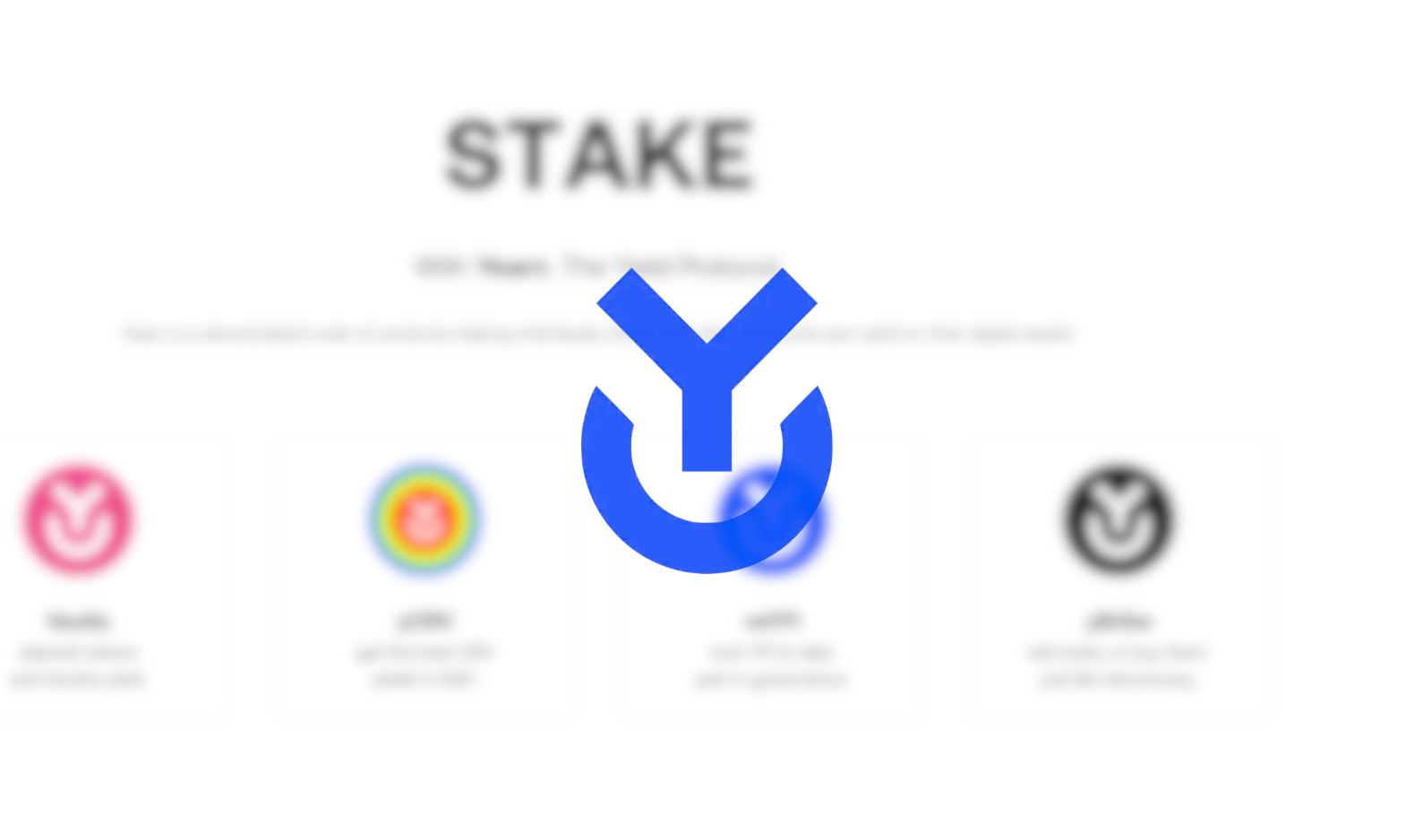
Yearn.finance is a DeFi protocol that rose to prominence in 2020, when the concept of yield farming started gaining a lot of traction. The basic concept behind Yearn.finance is that it gives users easy access to different DeFi protocols in order to help them maximize yield.
With Yearn.finance, users can deposit tokens into Vaults. Deposited tokens are then deployed into various DeFi protocol. For each Vault that’s available, you can see the list of strategies it is using to earn yield, alongside a risk score for each strategy. This is a very welcome feature as it allows users to know exactly what their deposited tokens will be used for.
Yearn.finance offers a broad range of vaults. Users can earn yield on assets like ETH, DAI, USDC and many other popular crypto assets. In addition, Yearn.finance provides a number of Vaults that are focused on providing liquidity to the Curve protocol.
If you’re looking for a one-stop shop to earn yield using DeFi, Yearn.finance is certainly an option worth considering. The protocol also has a governance token called YFI.
3. Uniswap — The leading decentralized exchange

Uniswap is a decentralized exchange that pioneered the AMM (Automated Market Maker) model for swapping tokens trustlessly. Uniswap works through liquidity pools, where users can deposit funds to provide liquidity for those that want to swap between tokens. For example, the USDC/ETH liquidity pool allows users to swap between ETH and USDC.
The incentive for providing liquidity to Uniswap liquidity pools is that the protocol charges a fee for token swaps. This fee is then distributed to the pool’s liquidity providers according to the size of their share in the pool.
However, providing liquidity on AMMs like Uniswap is not risk-free. There is the risk of impermanent loss, which essentially describes a situation where you’d be better off simply holding tokens than depositing them into a liquidity pool. You are more likely to get affected by impermanent loss if you’re providing liquidity for tokens that have a lot of price volatility.
The Uniswap protocol is available on different blockchain platforms, including Ethereum, BNB Chain, Polygon, Optimism, Arbitrum and Celo. However, the liquidity that’s available can vary significantly depending on which platform you’re using Uniswap on.
4. Binance — A crypto exchange with a suite of products for earning yield
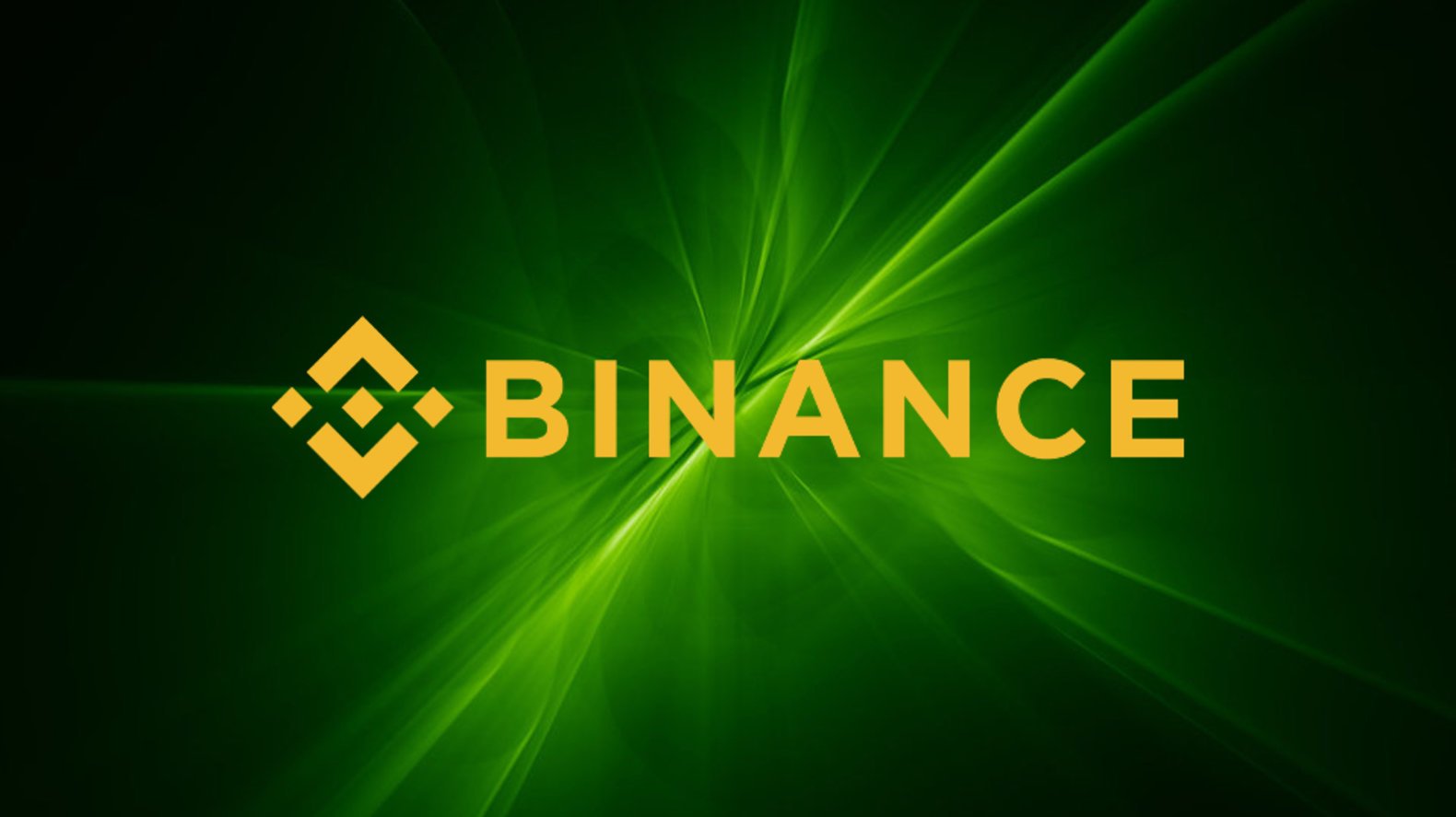
Binance is the world’s largest cryptocurrency exchange in terms of both user count and trading volume. In addition to the standard suite of crypto trading services, Binance also offers a set of products under the Binance Earn banner, which makes it possible for crypto investors to earn yield on their holdings.
The most notable of these products is Simple Earn, which provides a convenient way to earn yield on cryptocurrency. The product supports a large number of different cryptocurrencies and provides both flexible and locked options.
When you’re using flexible products, you deposit cryptocurrency and earn yield until you choose to withdraw your funds.
In contrast, locked products tend offer higher yields than their flexible counterparts, but require users to keep their funds deposited for a specified period of time to earn rewards. You can still withdraw your crypto from a locked product prematurely, but you won’t earn rewards in this scenario.
The yield offered by Binance Earn changest according to market demand. Therefore, you don’t know exactly how much you will earn with your deposit over a longer period of time.
Create Binance Account
5. PancakeSwap — The center of BNB Chain’s DeFi ecosystem

PancakeSwap is a decentralized finance platform on the BNB Chain blockchain. Its core functionality is an AMM that functions very similarly to Uniswap. So, you can use PancakeSwap to earn rewards by providing liquidity.
PancakeSwap also provides dedicated yield farms. In these yield farms, you can stake the LP tokens you get when providing liquidity on PancakeSwap to earn additional tokens. For example, if you hold CAKE/BNB LP tokens, you can stake them to earn additional CAKE tokens.
In addition, PancakeSwap also provides “Syrup Pools” where CAKE tokens can be staked in order to earn various tokens. These are usually tokens from projects in the BNB Chain ecosystem.
Overall, PancakeSwap is a very useful platform to get familiar with if you’re a fan of BNB Chain and the projects building on the platform. There’s some solid opportunities to earn yield by providing liquidity or staking CAKE to earn other types of tokens.
6. Harvest — A yield farming platform powered by DeFi

Harvest is a platform that’s designed to maximize yields for users by utilizing a variety of DeFi protocols. From this standpoint, Harvest can be seen as an alternative to Yearn.finance.
Like Yearn.finance, Harvest also offers Vaults that you can deposit tokens into to earn yield. When staking, Harvest pools together tokens from multiple users in order to optimize gas fees, and utilizes auto compounding mechanisms to improve yields.
The Harvest protocol features a token called FARM, which gives holders access to the performance fees collected by the protocol’s yield-generating strategies.
7. Oasis — A DeFi-powered tool to earn yield or borrow crypto

Oasis is a tool that allows users to borrow cryptocurrency, earn interest and access leverage. For example, Oasis can be used to earn yield on your ETH thanks to increased staking rewards. Users can deposit ETH into Oasis and get exposure to a larger amount of stETH with the help of the Aave protocol.
Oasis also gives you the option to earn from the DAI Savings Rate, which applies to holders of the Dai stablecoin. However, this savings rate is relatively modest (about 1% APY at the time of writing). The platform also provides additional yield options for DAI holders with the help of the Uniswap protocol.
Oasis is a solid option for earning yield in DeFi, especially for fans of the Dai stablecoin and the associated Maker protocol.
8. Kraken — A popular exchange with crypto staking options
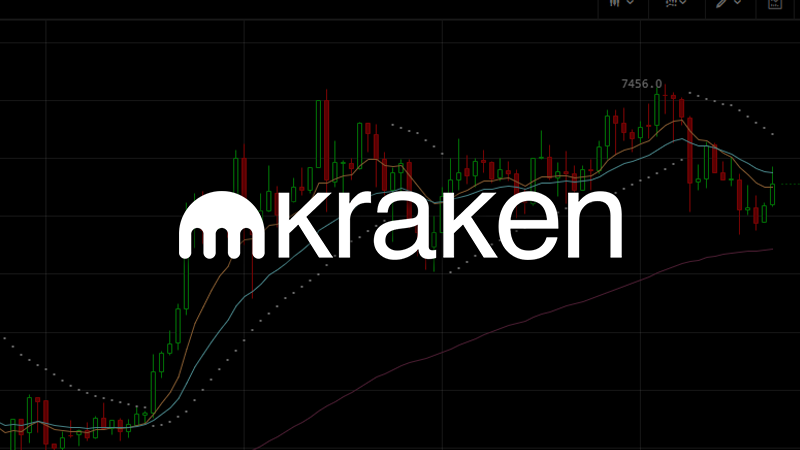
Kraken is a cryptocurrency exchange that has been on the market for about a decade, making it one of the longest-standing crypto exchanges. Kraken offers a cryptocurrency staking option that holders of certain cryptocurrencies can use to earn rewards.
While staking coins isn’t typically what comes to mind when one thinks of “yield farming”, it’s certainly a good option for people who hold crypto and would like to put it to work for some extra profits.
Kraken offers staking services for many Proof-of-Stake cryptocurrencies, including Ethereum, Cardano, Polkadot, Solana, Polygon and many others. Kraken stakes coins on users’ behalf and distributes the earned staked rewards back to the users (minus a fee).
Create Kraken Account
The risks of crypto yield farming
Now, let’s take a look at the main risks for each type of crypto yield farming.
DeFi protocols — Smart contract risk
Decentralized finance protocols like lending protocols and yield farming protocols are susceptible to smart contract risk. Essentially, the smart contracts these protocols are comprised of can contain bugs that attackers can exploit to effectively steal funds from the protocol’s users.
In some cases, even if the protocol’s smart contracts are functioning as expected, a DeFi protocol could be designed poorly from an economics perspective. Savvy users could identify flaws in a protocol’s economic design and exploit them to make a profit at the expense of other users.
We have seen a large number of DeFi hacks since DeFi began rising in popularity in 2020, so it’s always a good idea to be careful when committing funds into DeFi protocols.
Decentralized exchanges — Impermanent loss
Providing liquidity on automated market maker (AMM) protocols such as Uniswap comes with the risk of impermanent loss—in some cases, simply holding tokens will deliver better results than depositing them into a liquidity pool. The risk of impermanent loss is lower if you are providing liquidity for assets that tend to stay in a limited price range.
You can reduce the impact of impermanent loss by providing liquidity in pools where the two assets stay in a tight price range. For example, a pool consisting of two dollar-pegged stablecoins (let’s say USDT and USDC) will have a much smaller risk of impermanent loss for liquidity providers.
Centralized exchanges — Counterparty risk
When you deposit your crypto into yield earning products offered by cryptocurrency exchanges, you have to trust that the exchange will manage your funds responsibly and not lose them in risky investments or have them stolen. This is why some cryptocurrency enthusiasts advocate for keeping your crypto away from exchanges—you might have heard the saying “not your keys, not your coins”.
However, using centralized exchanges does have the benefit of convenience, as users don’t have to worry about managing their private keys or the quirks of on-chain transactions.
The bottom line — There’s yield farming opportunities for everyone
Our yield farming crypto list has hopefully shown you that there’s a plethora of opportunities out there for users that want to earn yield on their cryptocurrency holdings. If you are investing in crypto and want to earn yield on your idle coins, you can choose between various DeFi lending protocols, decentralized exchanges or centralized exchanges.
Of course, every opportunity to make a profit comes with its own risks, so make sure to carefully research any platform you’re looking to deposit your funds into. Good luck on your crypto journey!
 coincodex.com
coincodex.com
